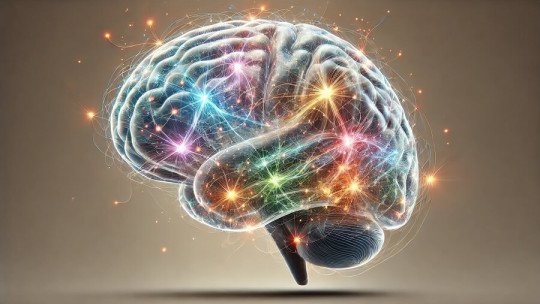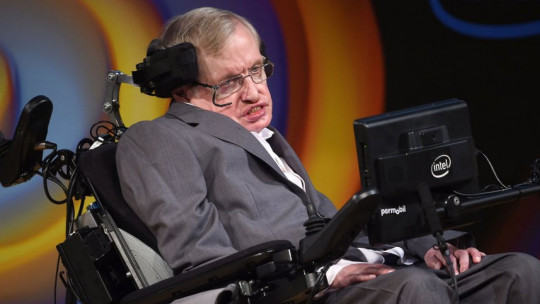Advances in technology are increasingly applied in implementing the techniques available for research. These applications, especially adapted to the health field, can lead to great advances and a greater understanding of certain pathologies.
All the advances derived from new technologies could be translated into early diagnoses and even the development of more appropriate treatments adjusted to new information and, therefore, to each pathology.
Let’s see how a new technology that uses artificial intelligence has been able to detect Parkinson’s disease up to 15 years in advance.
How much do we really know about Parkinson’s?
Parkinson’s disease is a neurodegenerative disorder that is characterized by primarily causing movement disorders. Its main symptoms are tremors, stiffness and balance problems. However, sleep disturbances, pain, and other health problems may also be seen.
Although, after Alzheimer’s, it is the second most common neurodegenerative pathology, Currently it can only be diagnosed when the symptoms are already present. Unfortunately, this indicates that, at that time, there is already considerable and irreparable brain damage. It is considered that, for now, it is a disease without a cure and treatments focus on reducing symptoms.
However, it has been observed that there are certain indicators that occur several years before the appearance of motor symptoms, although they are rarely related to the development of the disease when they are occurring. These include apathy or depression, sleep disorders and loss of smell.
To date, there is no test that can be performed in laboratories that can diagnose cases in which the disease develops for non-genetic reasons. It has been observed that it tends to occur more in men than in women. Although it usually affects older people more, it can also occur in young people.
What is AI and machine learning?
Artificial Intelligence (AI) is a branch of technology that focuses its work on developing computer systems that can carry out tasks that usually require human intelligence. They are designed in such a way that they constantly learn from experience and their performance improves automatically and constantly without requiring human presence or intervention.
Machine learning systems allow Identify patterns in huge amounts of data. In this way, certain predictions can be developed and the systems can even make decisions autonomously.
The Parkinson’s predictive model thanks to Artificial Intelligence
Articles published in the journals Neurology and Medical Xpress, among others, talk about the latest research in which AI has been used to better understand Parkinson’s. Longitudinal studies have been carried out through which, with the help of AI, a large multiplicity of factors have been analyzed.
In this case, The machine learning model makes it possible to predict the risk of suffering from Parkinson’s even up to 15 years before the symptoms appear. The algorithm that has been designed includes the study of the following aspects:
In this sense, it is important to highlight that the application of AI has made it possible to include in the aforementioned studies specific aspects that, until now, have often gone unnoticed, such as certain levels of proteins or combinations of metabolites.
Besides, This technology has allowed the combination of all the information obtained in the various areas mentioned. In this way, the observation of patterns and, as a consequence, predictions regarding the probability of developing Parkinson’s disease have been generated.
The greatest benefit of this model, without a doubt, is the predictive capacity for the development of Parkinson’s even many years before the disease begins to manifest. This fact is crucial when intervening since, as we mentioned previously, once the symptoms have begun to become noticeable, the brain damage produced is irreparable.
The impact of this type of technology in medicine
As we pointed out in the previous section, the main benefit obtained from these models is the paradigm shift when it comes to intervening. So far, treatments focus on reducing symptoms since brain damage has already occurred.
However, having this type of technology would allow us to predict the development of the disease. so far in advance that treatments could focus on preventing damage from occurring. eo, if they cannot be avoided, let them be minimal.
Limitations and challenges
While it is true that the studies are highly encouraging, they encounter similar limitations. They have been carried out with a population that is not representative of the entire population and, therefore, it is necessary that more research be carried out taking into account other types of populations.
Taking into account that each study has its specific limitations, we cannot ignore the fact that, in many cases, diagnoses are made by health professionals who are not specialized in the subject and this fact could lead to false positives. in the results of the studies.









